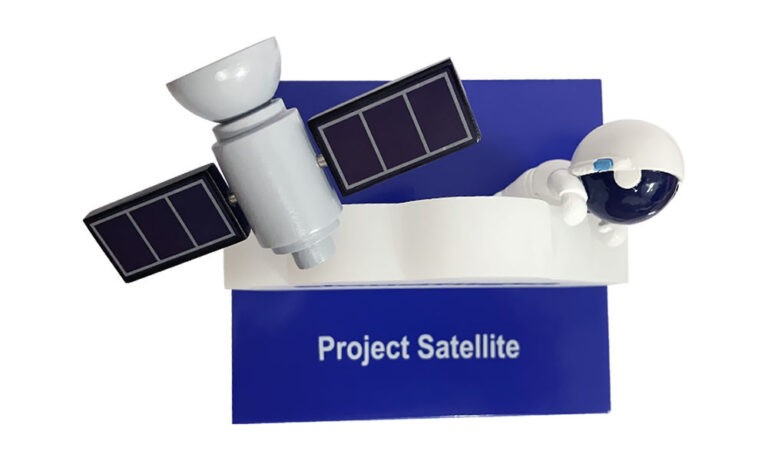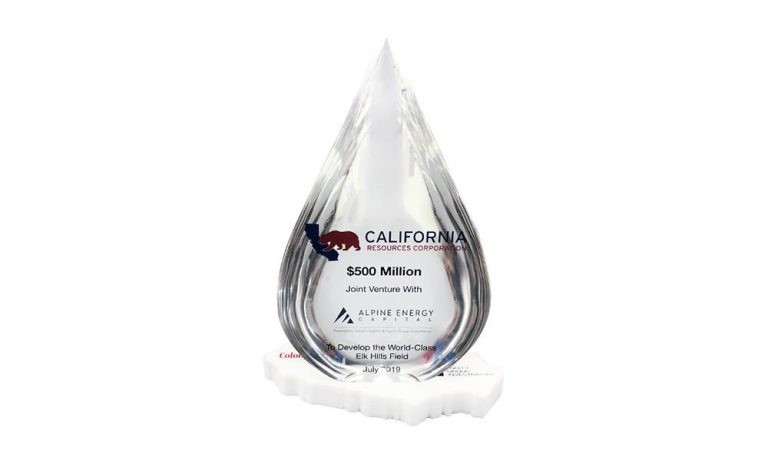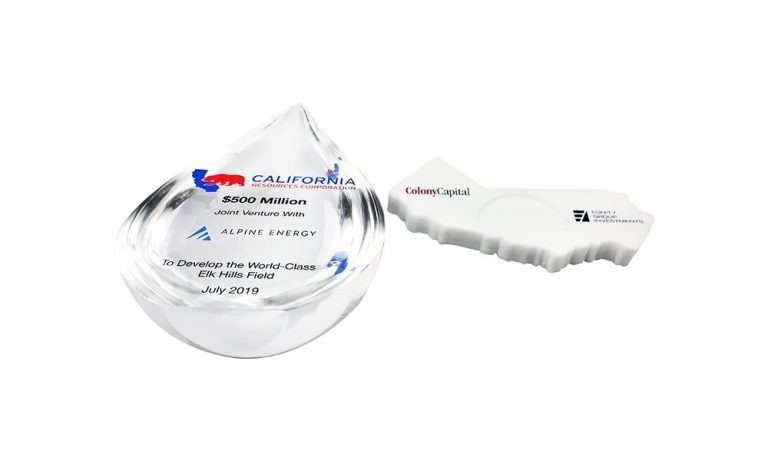Creative Deal Toy Ideas: 7 Frequently Overlooked Sources of Inspiration
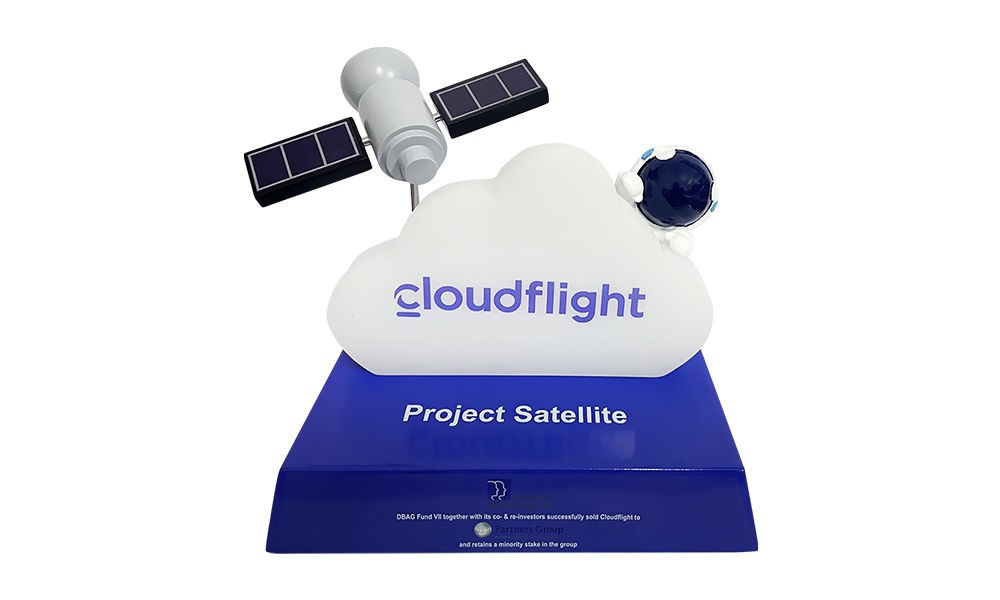
Coming up with creative deal toy ideas can be a chore for bankers
Especially when they’re faced with the same predictable, stock design suggestions. Fortunately, there are a number of imaginative–though commonly overlooked— design alternatives.
Coming up with memorable deal toy ideas can sometimes be a huge challenge for bankers—and a needlessly time-consuming one.
It becomes even more challenging when, as is often the case, your client’s company or industry doesn’t readily lend itself to design concepts. Or at least, ones that are creative…or original…or practical, or perhaps, above all, affordable.
Beyond that, your MD may have certain expectations or preferences when it comes to deal toys—which may already have been made pretty clear to you.
What’s Your Role in the Design Process?
Of course, most deal toy companies are not going to expect you to come up with design ideas for your tombstone.
Still, many bankers—even senior bankers—like to take an active role in the design process. Some even consider making a contribution to the final result a point of pride.
And, anyway, handling deal toys should be one of the fun parts of your job, right?
Going Beyond Standard Deal Toy Ideas
Some companies, and even whole sectors, almost immediately conjure up creative, custom deal toy ideas.
Other deals can pose problems—even if it’s only that most of the relevant design ideas have already been overused.
In those instances, the default suggestion—often the only suggestion—is to base the design on your client’s company logo.
Basing a design on a client’s logo can work extremely well, and again, we do this all the time.
But what if your client’s logo doesn’t really offer up many design possibilities?
Or if it does, logo-themed deal toys may well have been done for them before—maybe to death.
Other Design Ideas You’re Likely To Hear
So what should you do?
You could, of course, accept the suggestion of simply opting for a conventional design.
Make no mistake: we suggest classic deal toy designs like this to clients all the time, and they can be highly effective.
But what if you want to do something slightly more imaginative, even if it’s just an alternative design that you might only consider?
Deal teams often begin the ordering process with at least a rough idea of what they want (or don’t want) for their deal gifts. You may just want to kickstart your creative thinking.
So where does that leave you?
Some Alternative Deal Toy Ideas You Should Consider
So either of these default suggestions could ultimately work for you. But if you’re initially looking for additional options, or other possible creative alternatives, we’ve provided some suggestions below.
1. Play Off the Deal’s Project/Code Name
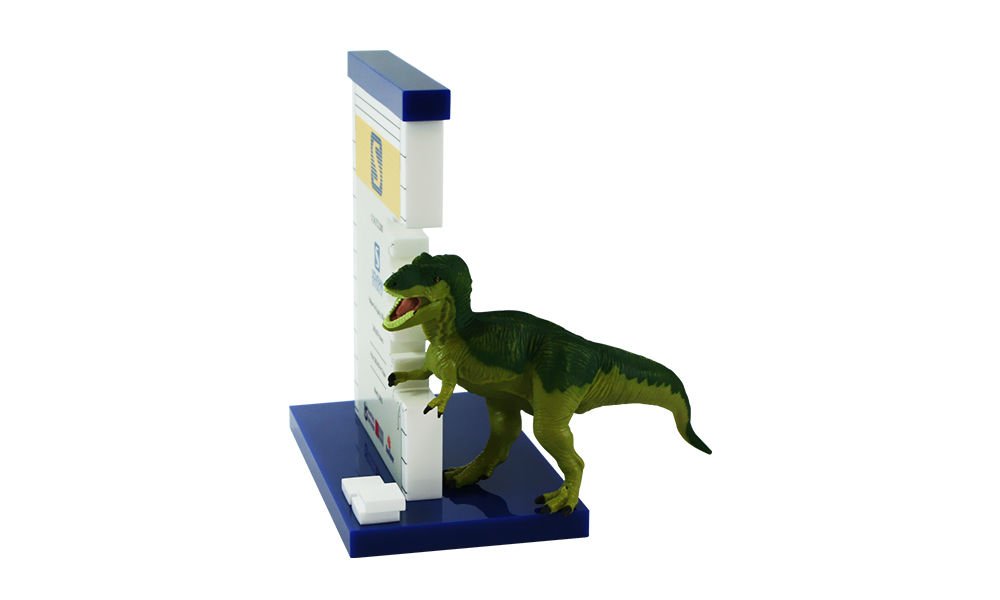
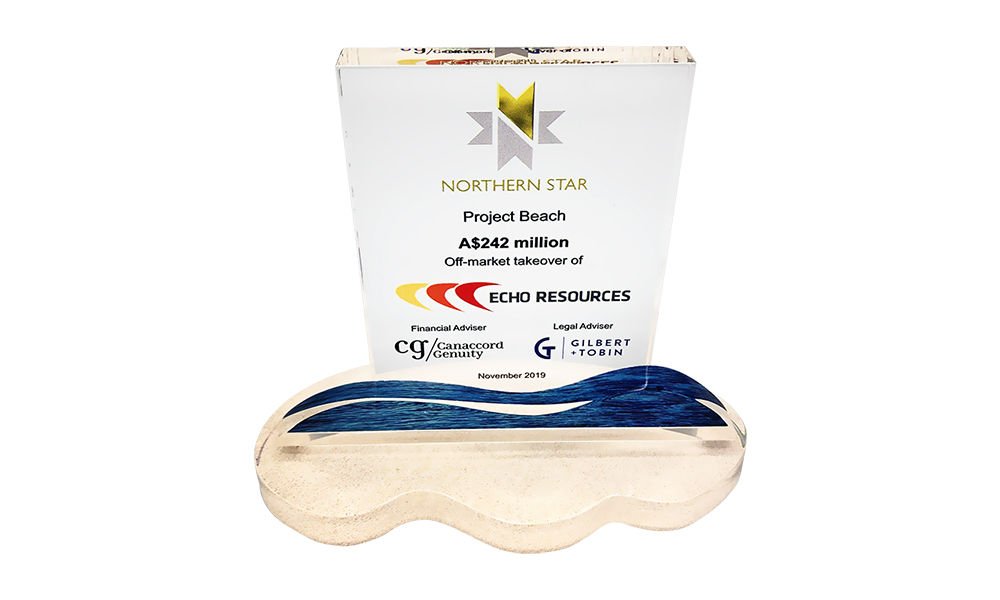
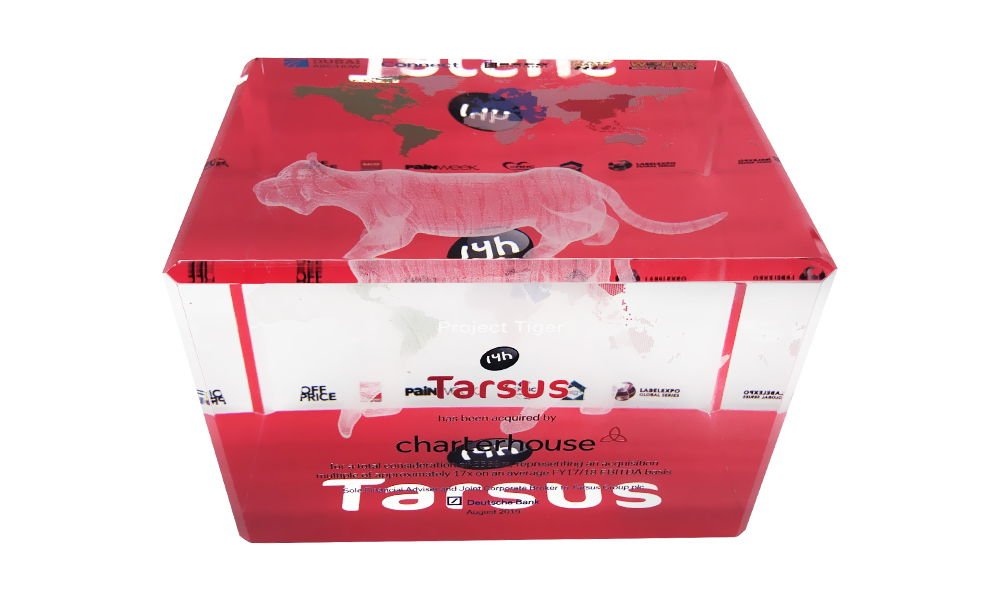
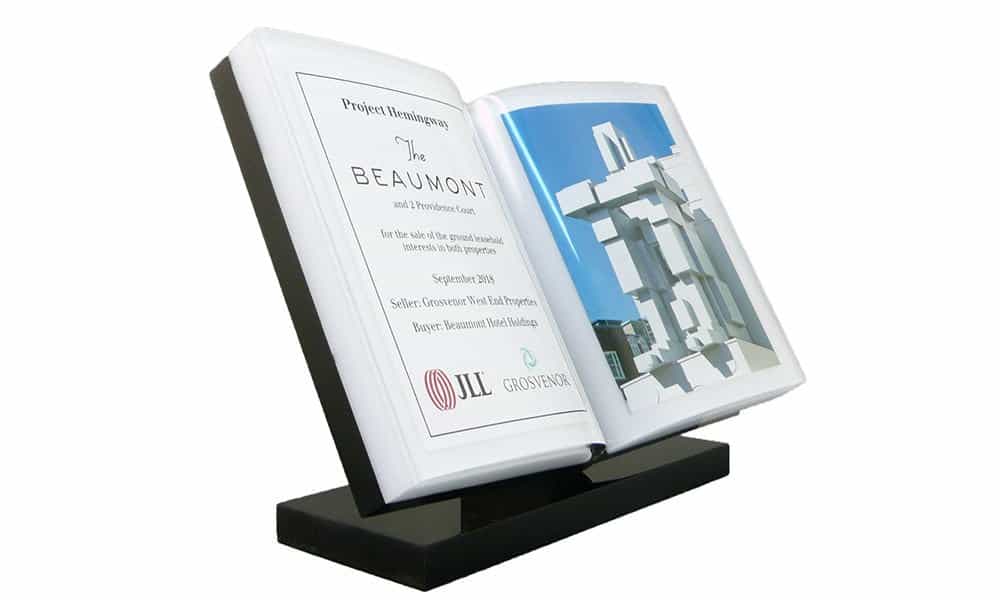
This is one of the most neglected sources for meaningfully customized deal toys.
Project names can really enliven design possibilities. If you’re looking for a design element that will make for a truly customized, unique commemorative—one that will resonate with recipients for years to come—the intimate and closely guarded nature of a code name gives it considerable cachet.
We recently explored code named-based deal toy ideas . The interest the piece drew among bankers prompted a sequel.
Code names can provide the basis for designs in a number of ways. In some cases, such as the piece commemorating project “Big Bang” below, the code name can be the centerpiece of the design.
In the case of the project “River” design also shown here, the code name appears far more subtly.

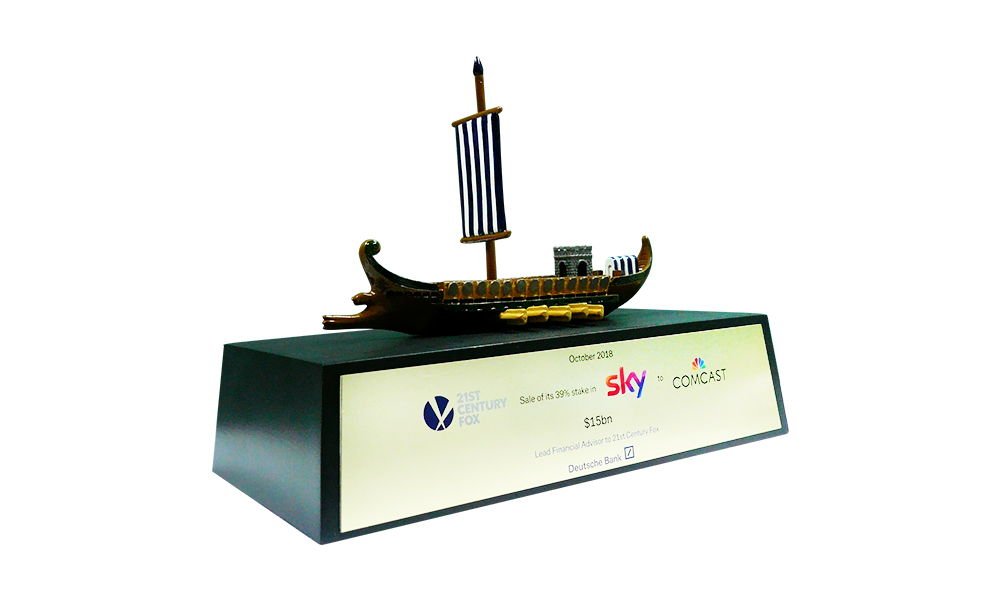

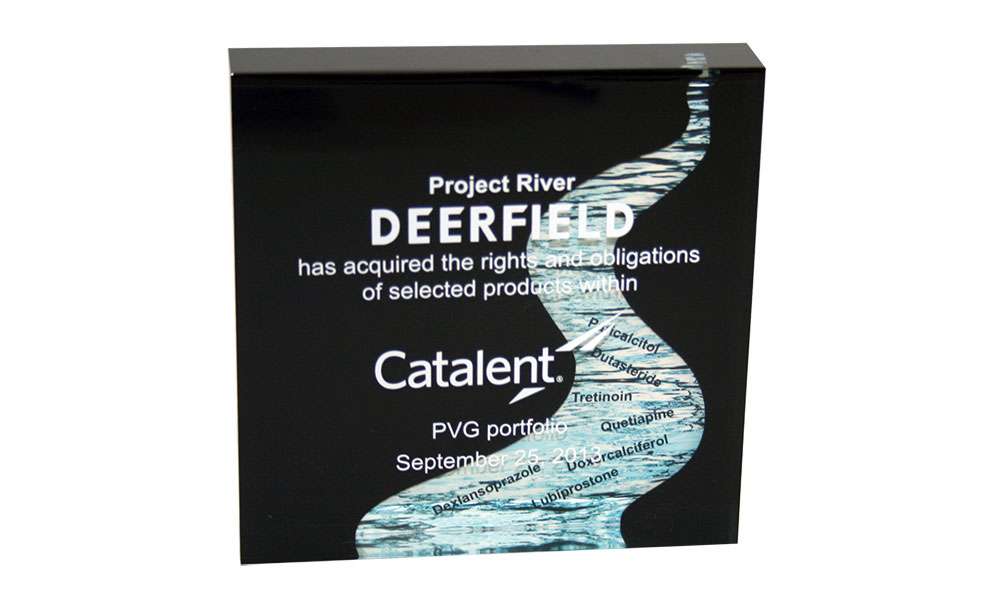
2. Look for Deal Toy Ideas in The Relevant Locations (and especially with cross-border transactions)
Your Texas-based client has no doubt already at least seen, if not actually received, deal toys in the shape of the state or country.
Many geographic themes make use of some obvious touchpoints, such as maps and flags.
But location-based designs don’t have to be that literal. The design of the deal toy below, for instance, plays off the Dutch fondness for bicycles. It commemorates a transaction involving hotel properties in The Netherlands.
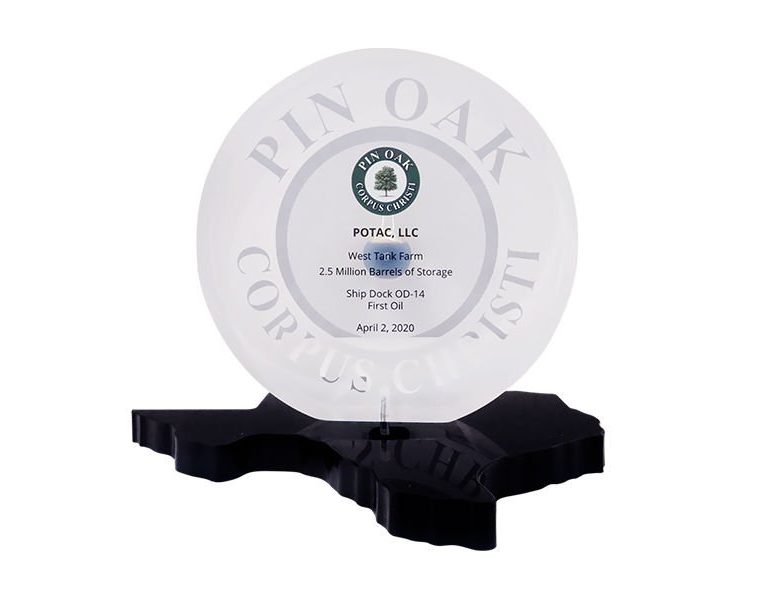
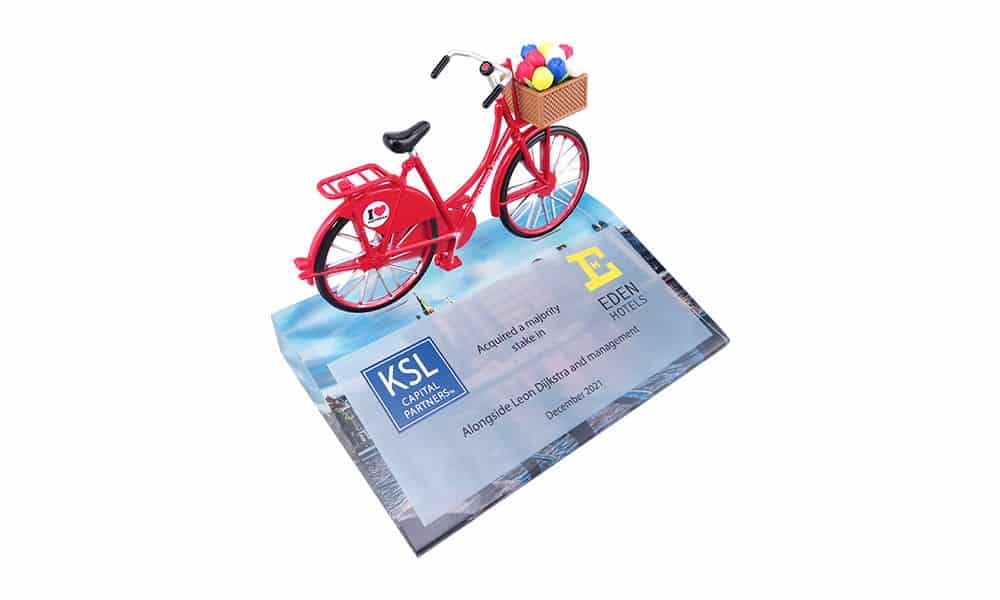
Other location-based design ideas can be more straightforward.
Again, maps are an obvious location-based design feature.
Similarly, the design below creatively works in the California theme while providing a necessary recess to anchor the drop shape.
The deal toy components can be seen more clearly below:
Flags, currencies, and other national symbols can provide a number of creative possibilities. The design in the two pieces below makes creative use of two national flags:
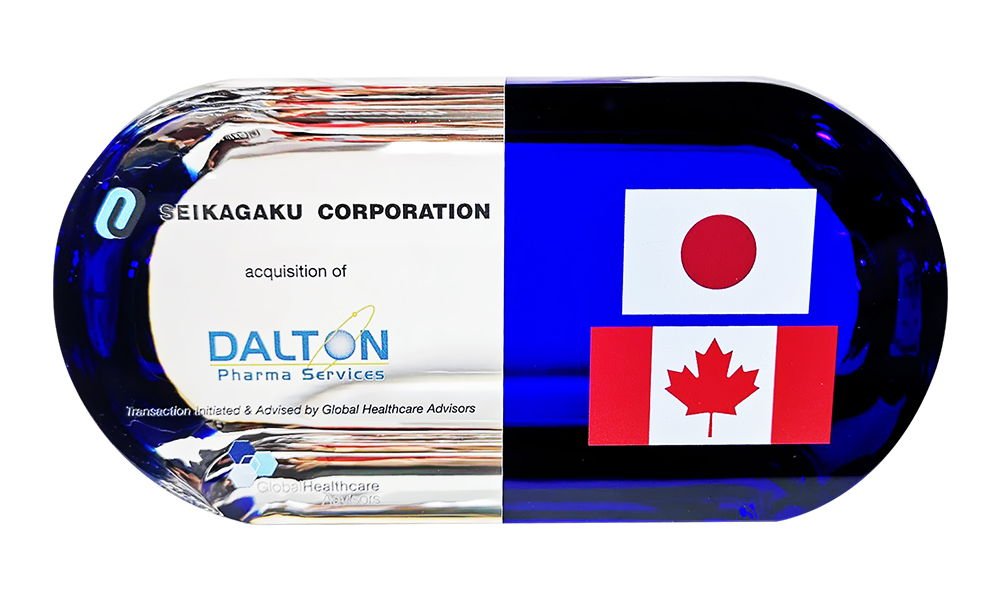
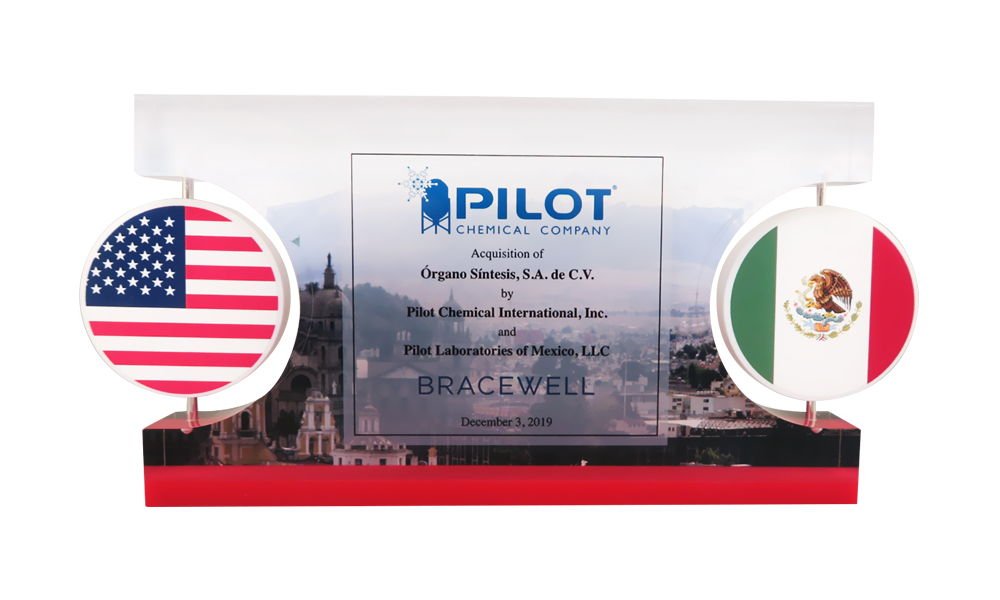

Location-based themes also play to the increasing trend toward multinational transactions. Two deal toys for cross-border transactions appear below, one with a flag motif, the other using currency symbols.
3. Base Your Deal Toy Idea on the Transaction Type
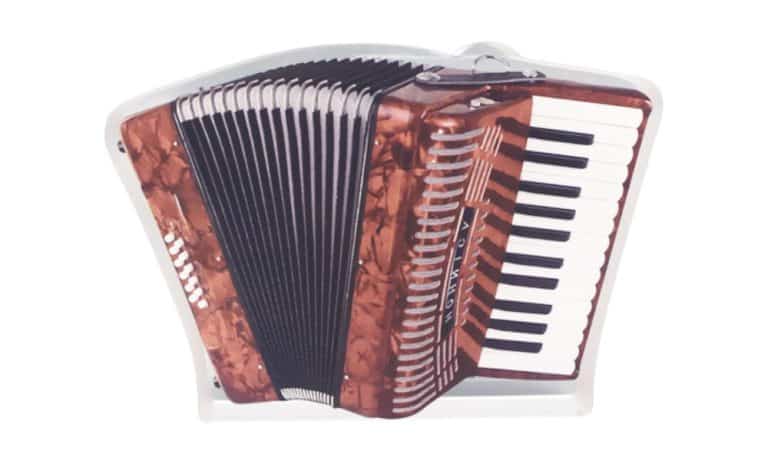
Over the years, we’ve often taken inspiration from the very nature of the deal itself, whether it involved Cinderella bonds, accordion tranches, a bolt-on acquisition, Dutch auction, swap, spin-off, PIPE transaction etc.
Spin-off-inspired deal toy, also reflecting a current trend. The third design is a more literal rendering of a “block” trade.
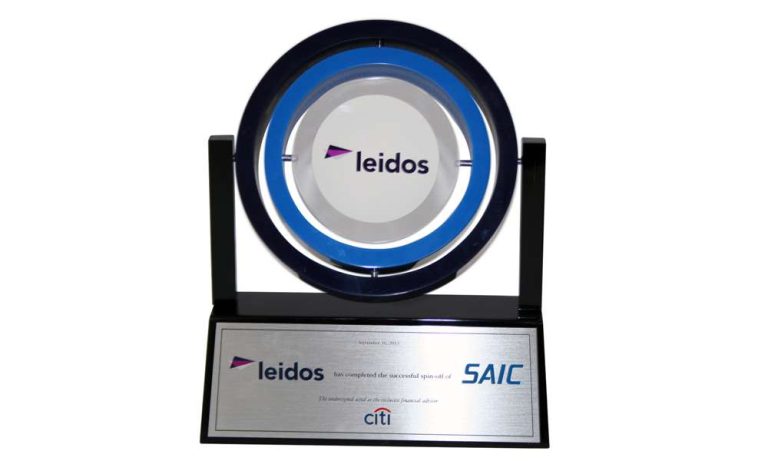
A design playing off the transaction type: a spin-off.
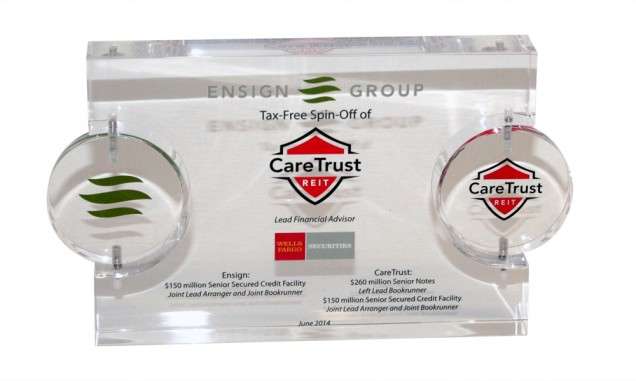
Another spin-off-inspired deal toy.
4. Make Use of an Inside Joke or Bond
Running jokes are usually fodder for gag gifts, but sometimes they’re so central to the transaction that they become a focal point of the deal.
One highly successful design we manufactured featured a Pepperidge Farm cookie inside Lucite—the snack having been the staple of meetings between the parties during negotiations.
In the Preferred Sands piece shown here the motorcycle is completely unrelated to the subject matter of the transaction. What it does reflect is a shared passion for motorcycles within the company.
Again, this is the type of customization that makes for meaningful, enduring, and above all, valued deal toys.
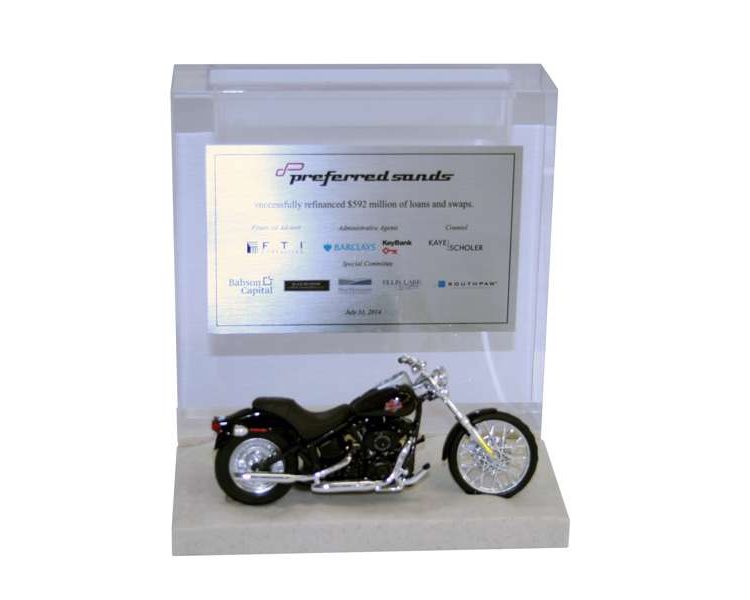
5. Highlight the Significance of the Deal
Deals can often be ground, barrier, or record-breaking, and all of these suggest possible design options—nicely represented by the IBM piece below.
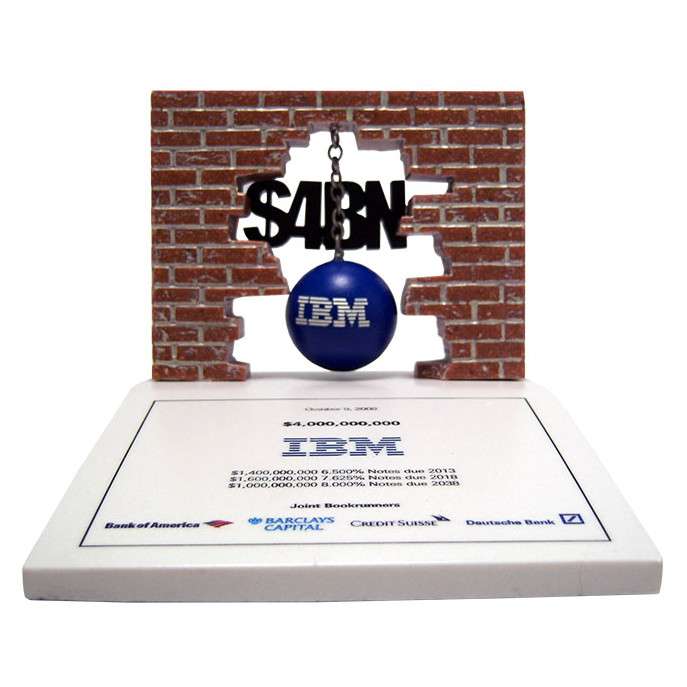
6. Find Ideas by Combining Elements of the Deal
Combining aspects of the deal can transform well-worn concepts into something unique.
The three designs below combine elements of the transactions both seamlessly, and creatively.
The crystal tombstone below combines design elements—a horseshoe, a carrot, and the state of Washington—to convey very precisely the specifics of the asset involved: a Washington-based company specializing in apparel for the equestrian sports sector.
The clever design for Kellogg’s Euro issue has artwork of the Keebler Elf—a quintessentially American brand mascot—fanning a wad of Euro notes.
The third design commemorates a Massachusetts-based solar project.

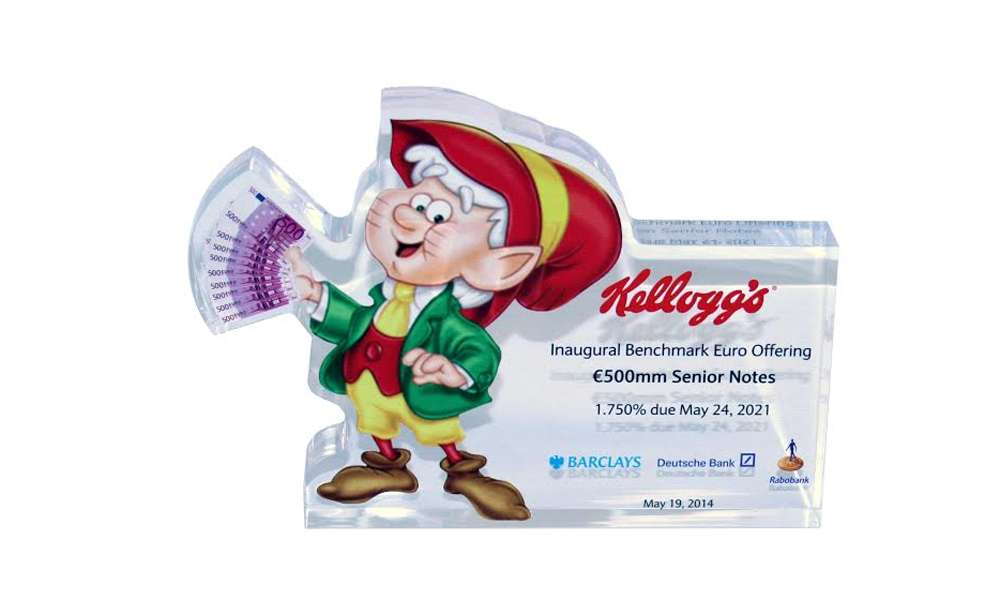

7. Play Off a Distinguishing Feature of the Deal
Deals can be remarkable for any number of reasons: their contentiousness, for instance, or the swiftness with which the parties came to terms.
For one deal characterized by particularly arduous, grueling negotiations, we designed a 3-D piece showing Sisyphus pushing uphill a giant rock—bearing the opposing party’s logo.
The deal toy for The Blackstone Group on the right is a great example. The turtle refers to both the pace and duration of transaction (the cane and spectacles, on the other hand, relate to the nature of the business: assisted-living facilities).
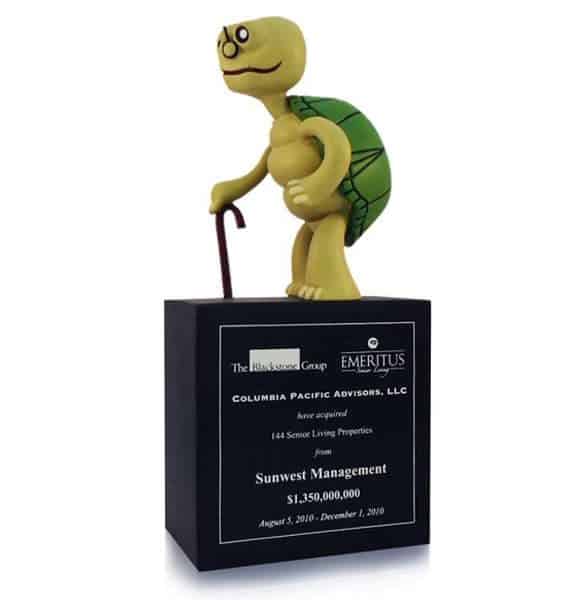
Contact Us For a Quote Today
"*" indicates required fields
